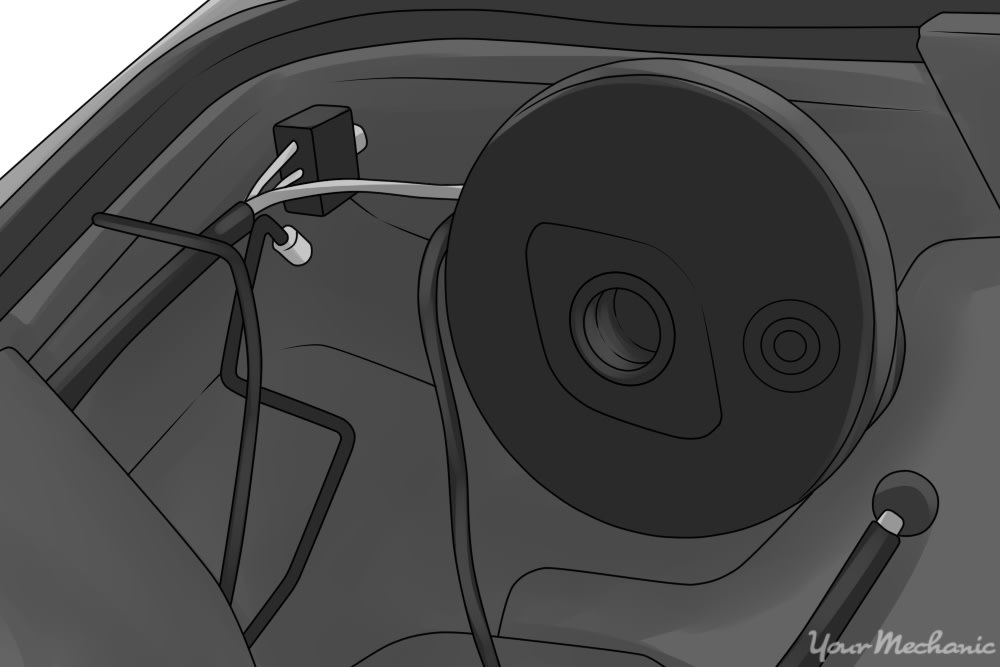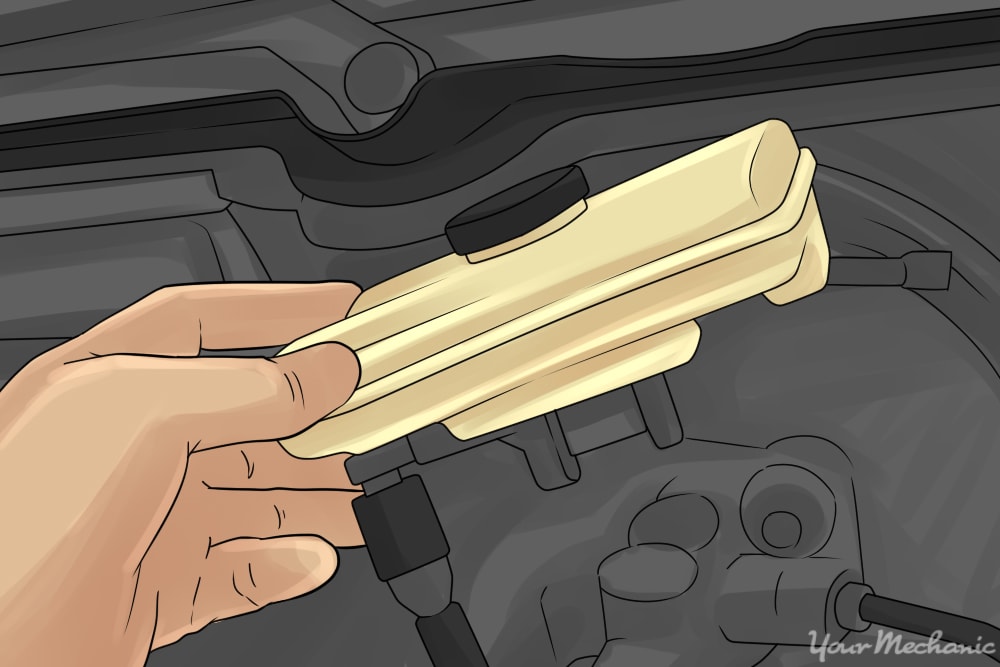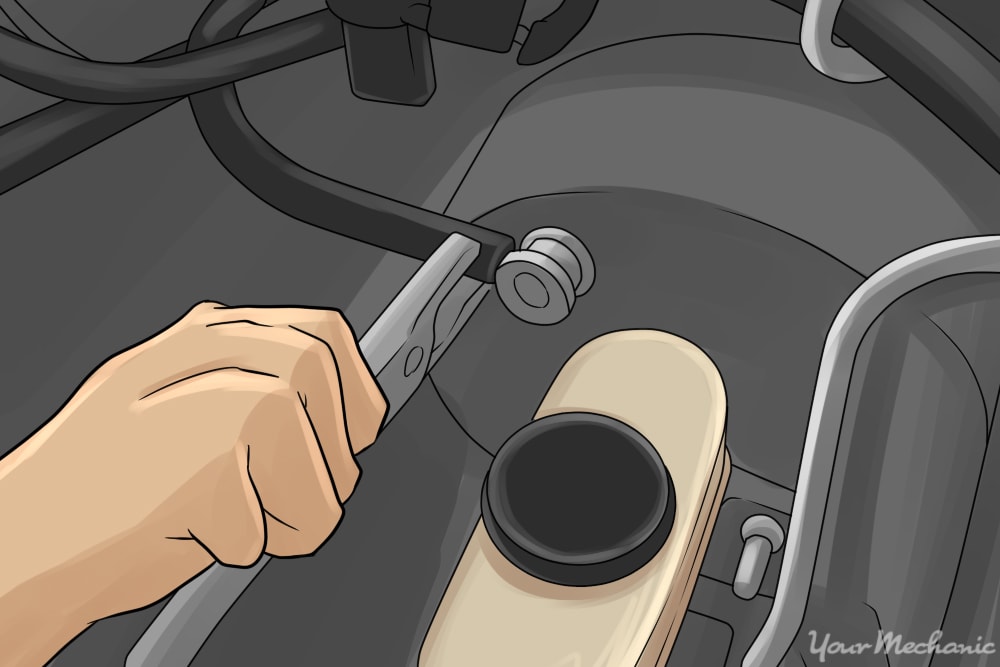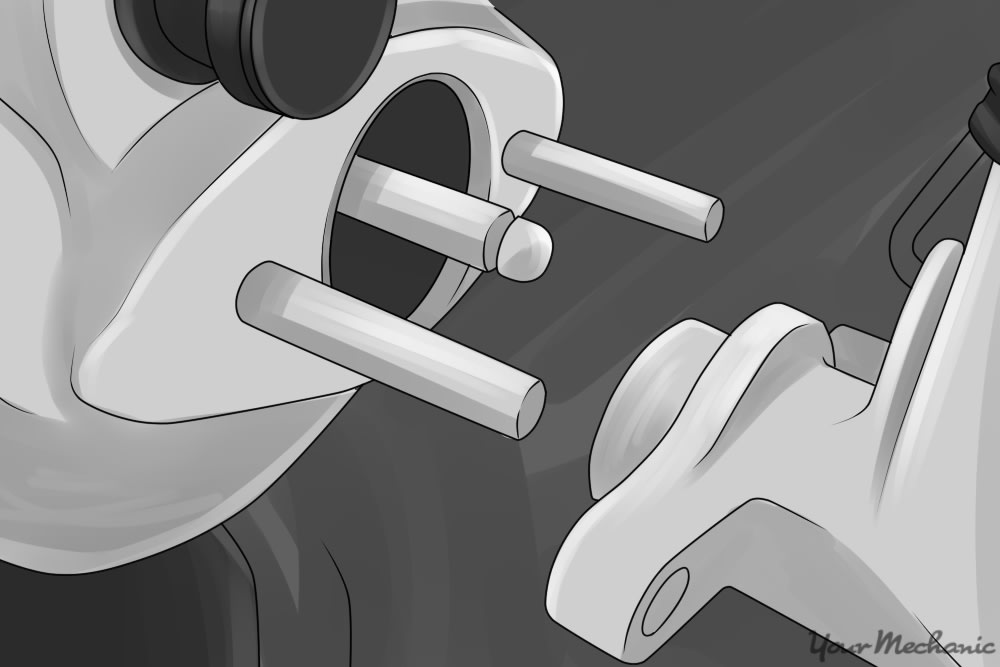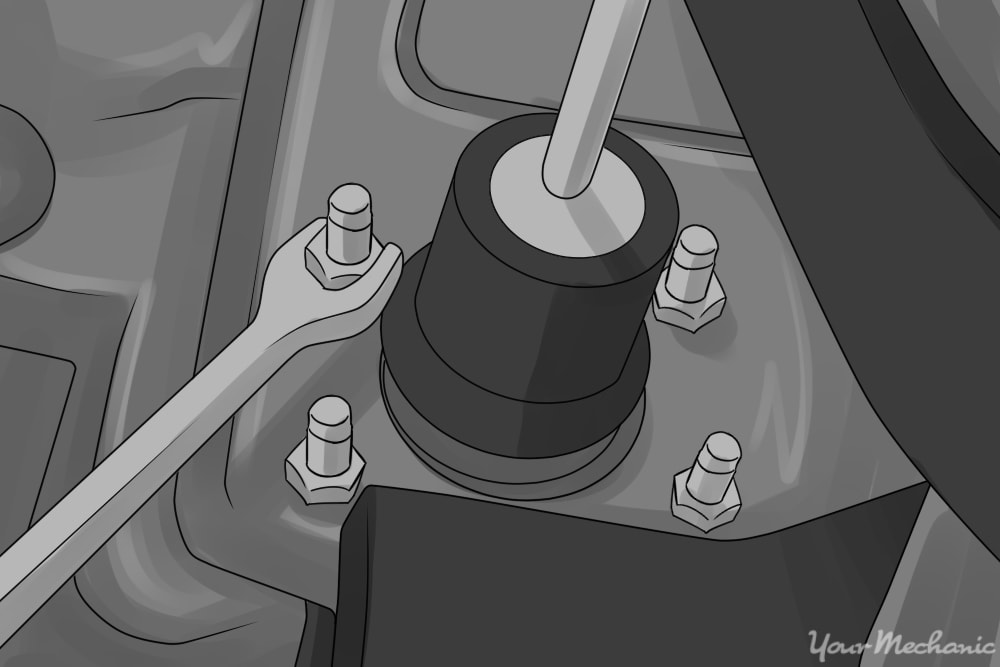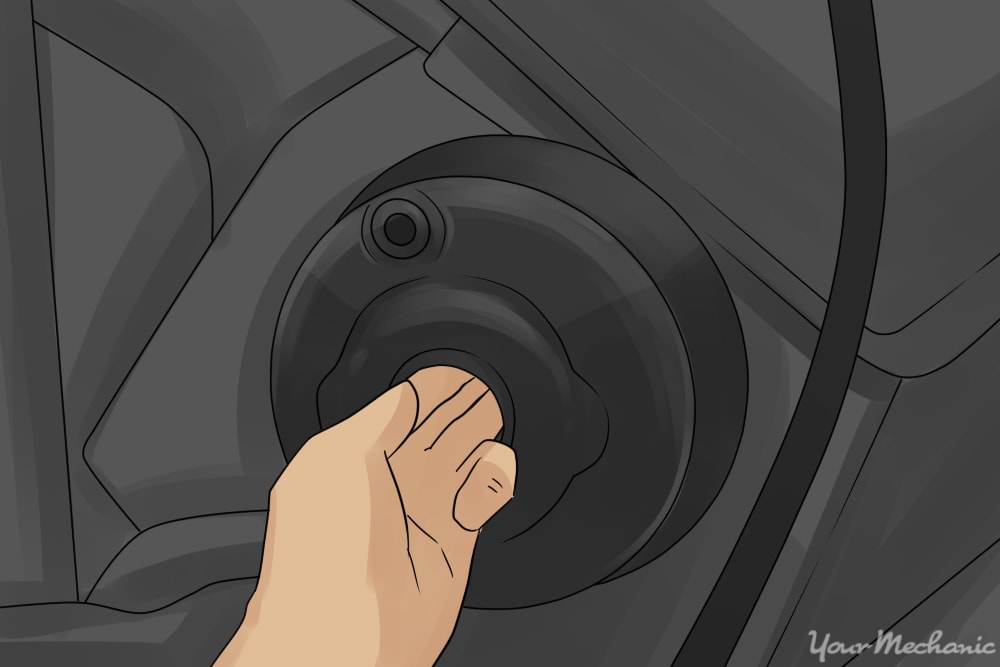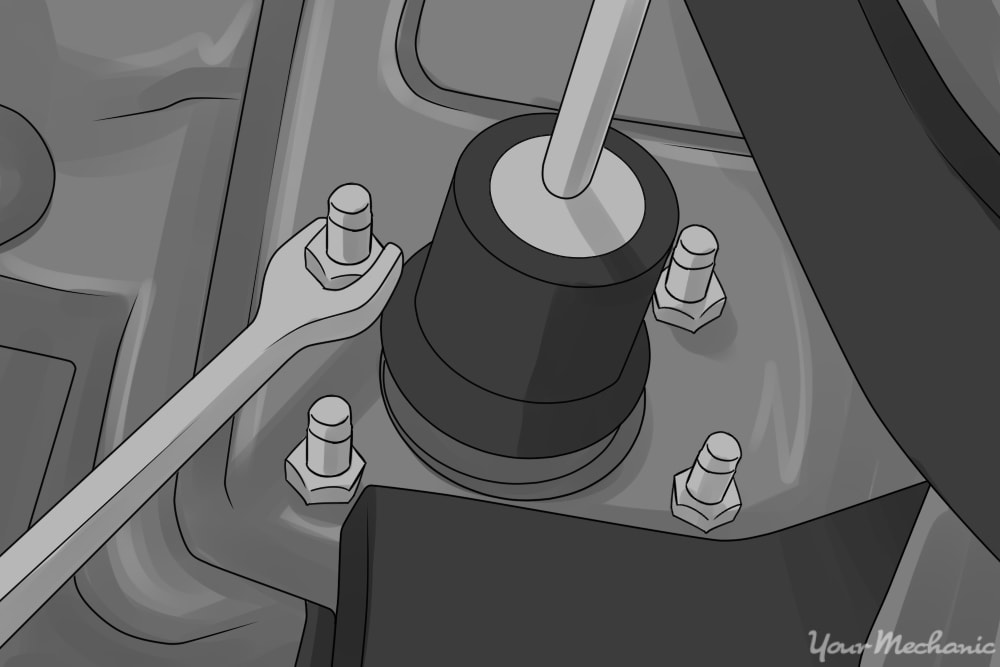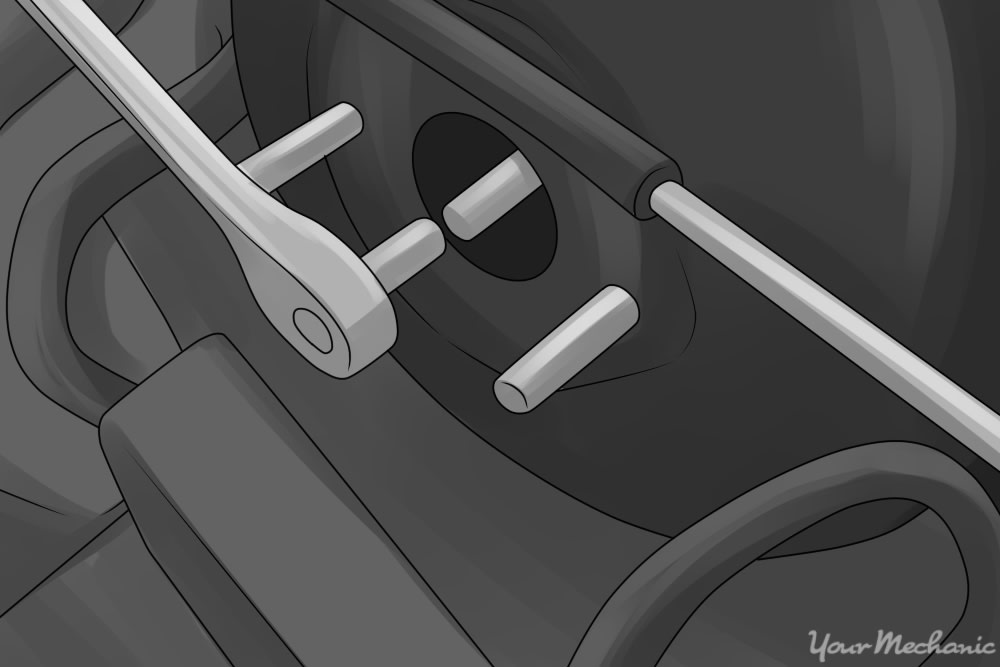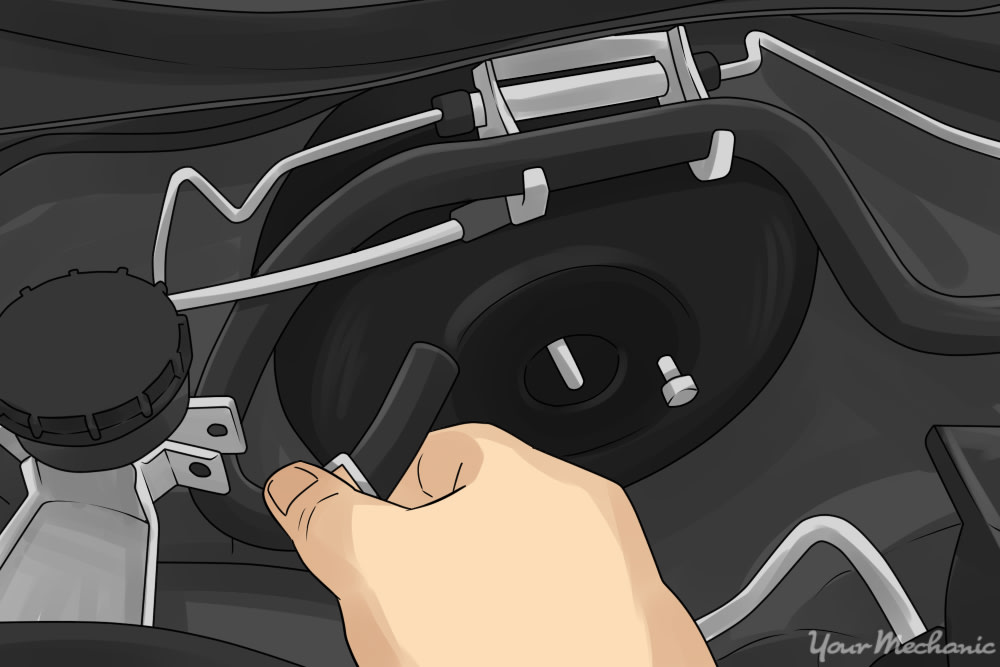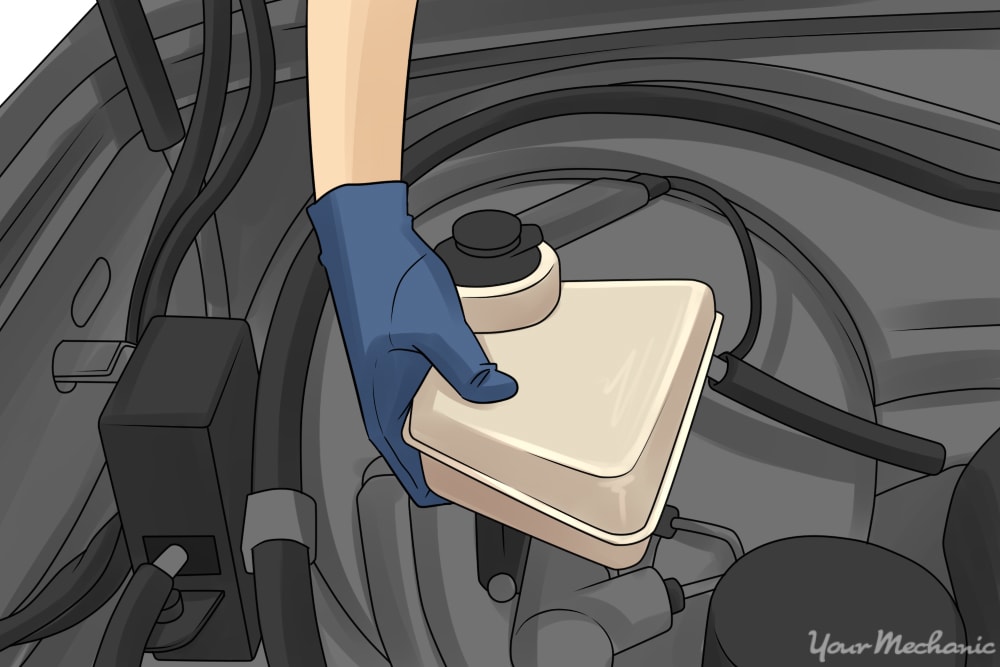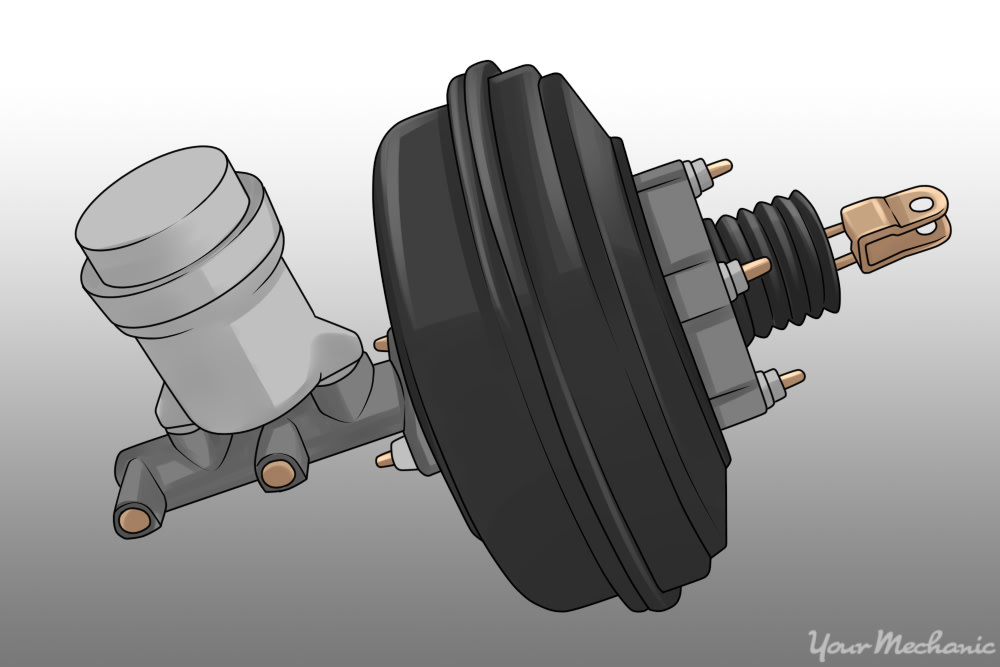

What is the Power Brake Booster?
The brake booster provides power assistance during braking. Inside there is a disc-like diaphragm that separates the booster’s two halves. When the engine is running, vacuum is applied to both sides of the booster. When the driver steps on the brakes, the pedal operates a valve which allows outside air to enter. This allows atmospheric pressure to enter the booster, creating a pressure differential that forces the booster power forward into the master cylinder for power assist. When the brakes are released, vacuum returns to both sides of the booster and a spring returns the diaphragm to its original position.
If the power brake booster is not functioning properly, you will notice problems such as the brake pedal being very hard to press, and the vehicle taking longer than normal to come to a stop. It may be time to replace the brake booster.
Materials Needed * Pliers * Protective gloves * Ratchet, sockets and extension * Repair manuals (optional) * Replacement brake booster * Safety glasses * Screwdriver and/or small pick
Part 1 of 2: How to Remove the Brake Booster
Step 1: The first step to removing the brake booster is to locate it. The brake booster will be mounted to the firewall on the driver’s side.
Step 2: The next step to changing the brake booster is to remove the master cylinder from the brake booster. Remove the master cylinder fasteners using a ratchet or wrench. Then pull the master cylinder away from the booster. Typically, the brake lines are long enough that this can be done without disconnecting the lines.
Step 3: Next, disconnect the booster vacuum supply line. Remove the hose clamp by squeezing it with a pair of pliers and sliding it away from the booster. Then gently remove the hose by pulling it away from the booster.
Step 4: continue the brake booster replacement process by using a small screwdriver or pick, remove the retaining clip from the booster pushrod. Then remove the pushrod from the brake pedal.
Step 5: Next, remove the brake booster fasteners. Remove the fasteners securing the booster to the bulkhead. These are typically located under the dashboard. The best way to reach them is by using a ratchet with an extension.
Step 6: Finally, remove the brake booster. Pull the booster away from the firewall and remove it from the vehicle.
Part 2 of 2: How to Install the New Brake Booster
Step 1: The first step to installing a new brake boost is to position the new brake booster unit. Place the new brake booster in the same location that the old one was removed from.
Step 2: The next step to installing the new brake booster is to reinstall the fasteners. Reinstall the brake booster fasteners and tighten them down using a ratchet and extension.
Step 3: Continue the brake booster replacement but reconnecting the pushrod to the brake pedal. Reinstall the pushrod onto the brake pedal and put the clip back on.
Step 4: The next step to installing a new brake booster is reconnecting the booster vacuum hose. Slide the vacuum hose back onto the booster. Then reinstall the hose clamp by squeezing it with a pair of pliers and sliding it onto the booster.
Step 5: The final step in the brake booster replacement process is to reinstall the master cylinder. Reinstall the master cylinder and tighten down the mounting bolts using a ratchet or wrench.
Replacing a brake booster can be tough. If this seems like something you’d rather leave to the professionals, YourMechanic offers expert brake booster replacement conveniently done at the time and place of your choice.



